Market Share
Automotive Terminals Market Share Analysis
The automobile connection market is undergoing major changes that are affecting its development. New technology, auto industry developments, new laws, environmental measures, and automotive design modifications are among these themes. New technology is a major trend in automobile connections. Manufacturers always develop innovative station designs for current autos. Due to these developments, high-performance metals and electrical coatings are employed to make connections more conductive, rust-resistant, and durable. With the industry heading toward electrification, connections are being created to meet electric and hybrid automobiles' greater power demands. More electrical components and new technology are being integrated into automobiles, changing the auto industry. As the need for terminals that can handle complicated computer systems and data-heavy purposes rises, so does the automobile terminal industry. Terminal connections are evolving to fulfill safety, entertainment, self-driving, and communication demands, thus they must be sturdy and high-performance. Regulations also impact vehicle connectivity market patterns. Terminal construction meets tight automobile safety, environmental, and electrical restrictions. Following these criteria, like those of the SAE and ISO, stimulates new ideas and ensures terminals fulfill safety, reliability, and performance requirements. The vehicle industry is also changing due to sustainability and environmental concerns, which affects terminal design. Eco-friendly materials, recycling, and energy economy are becoming increasingly important in automotive components, including terminals. Manufacturers are exploring sustainable materials and manufacturing techniques to reduce environmental impact while maintaining terminal performance. Another trend in automobile connectivity is flexible and adaptable solutions. Modular connections are versatile and simple to assemble, so they work with many automotive layouts and standards. Because car designs and electrical systems are becoming more sophisticated. Customizable screens help automakers enhance system stability, manufacturing efficiency, and design. Terminal architecture is also evolving due to self-driving and connected vehicle initiatives. As automobiles become self-driving and connected, stations with complicated data transmission, sensor integration, and communication technologies are needed. Terminals must fulfill safe and reliable connection standards to send and consume data conveniently in the vehicle's network. The car port market is evolving because to new technology, laws, environmental measures, and the changing auto industry. Manufacturers must follow these trends to meet current automotive demands. They must ensure that stations are technologically modern, legal, long-lasting, and adaptable to the changing car environment.

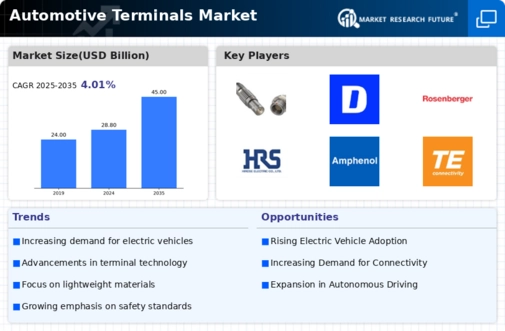

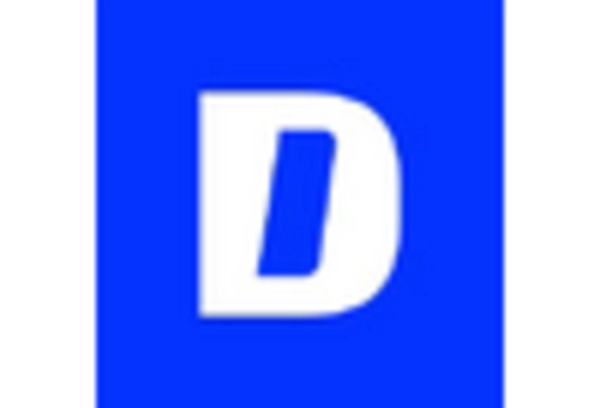
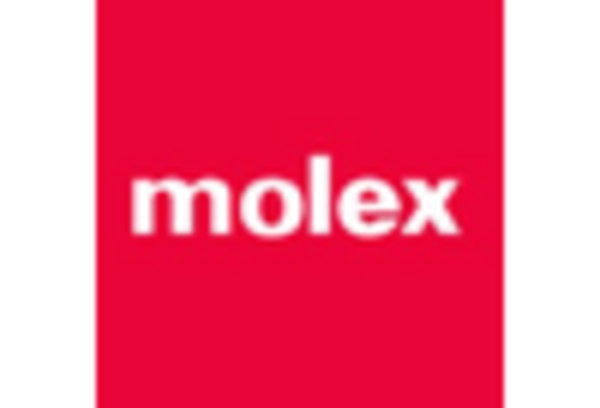
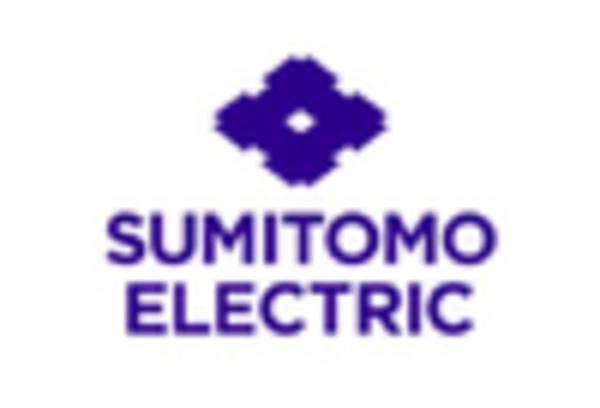
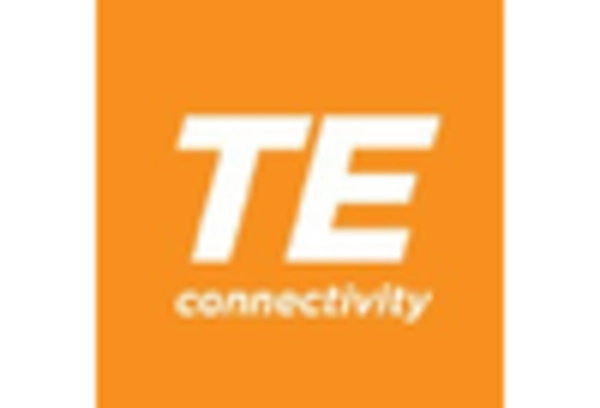
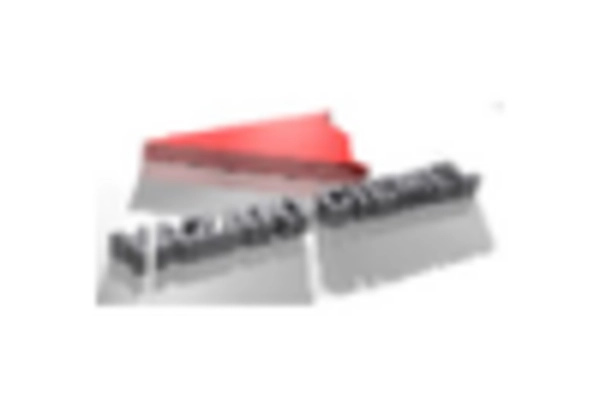









Leave a Comment